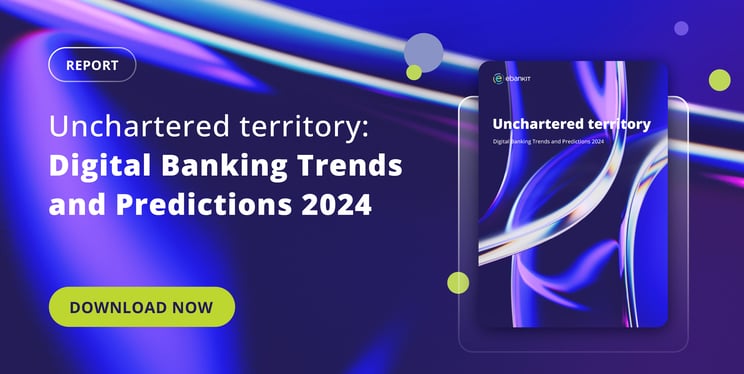AI is a game-changing tool with the power to revolutionize processes within financial institutions, traditional banks should take advantage of such technology to compete with the rest of the market. Marco Silva highlights the importance of integrating AI with cloud computing, recognizing its inherent advantage.
How to leverage Gen AI according to Marco Silva, Senior Cloud Solution Architect at Microsoft

At the ebankIT summit, Marco Silva, National Innovation Officer and Senior Cloud Solution Architect at Microsoft shared valuable insights on the future of AI and its potential impact on the digital banking sector.
During his presentation, Marco Silva delved into the fascinating evolution of AI, which began in the realm of computer science with the ambitious goal of creating intelligent machines capable of matching or surpassing human intelligence.
From there, the journey progressed to Machine learning, a subset of AI that empowers machines to learn from existing data, enhancing their decision-making and predictive capabilities.
Fast forward to 2017, a groundbreaking advancement was made with the introduction of a machine learning technique utilizing layers of neural networks to process data and drive decision-making processes.
Now, we stand at the threshold of a new era with Generative AI, which has the ability to generate fresh written, visual, and auditory content based on prompts or existing data.
The key challenges in integrating AI with cloud infrastructure
Silva underlines how AI has permeated every corner of the modern technological landscape. Indeed, research from Stanford University indicates that private investments in AI have been doubling yearly.
He gives other noteworthy examples including Progressive, who save a staggering $10 million annually through the implementation of AI-powered chatbots, and EY, who have streamlined their operations by saving 250,000 hours of manual work per client with intelligent document automation.
Despite the immense potential AI offers in streamlining processes for financial institutions, traditional banks have been slow to embrace this transformative shift fully. Marco Silva highlights the importance of seamlessly integrating AI with cloud computing, recognizing the inherent advantage of its presence in the cloud infrastructure.
This seamless integration not only facilitates the availability of AI as platforms transition toward the cloud but also presents the challenge of efficiently migrating workloads to optimize them for modularity.
Leveraging natural language processing (NLP) and chatbots to enhance customer support
AI chatbots have played a significant role in the era of Generative AI. With advancements in technologies like Open AI and ChatGPT, these chatbots excel at engaging in seamless communication with humans.
The integration and contextual understanding have become effortlessly achievable. Financial institutions now have the opportunity to leverage AI chatbots to efficiently address customer queries and problem-solving tasks that human representatives would typically handle.
AI technology is readily available for integration, allowing for the seamless implementation of a small Chatbot capable of addressing general inquiries regarding credit scores and product functionalities.
Furthermore, financial institutions can customize interactions and mold the Chatbot’s personality to align with their brand identity. This includes the added benefit of round-the-clock availability to cater to any customer across various demographics and segments.
Whether targeting a younger audience or engaging with more seasoned clients, the Chatbot can be tailored to suit specific preferences and contexts, enhancing the overall customer experience.
Optimize your banking operations with AI
Artificial Intelligence (AI) has the transformative power to elevate individuals and organizations worldwide. In the realm of financial institutions, the ability to construct, implement, and oversee customized Machine Learning (ML) models enables swift resolution of prevalent business challenges.
In the realm of digital banking, the age-old barriers of paperwork are swiftly vanishing as data is seamlessly stored within the platform. By integrating AI, banks can elevate their process recommendations to unprecedented heights, enabling seamless interactions with both operational processes and end customers.
The convergence of omnichannel into a singular, streamlined channel powered by middleware allows for the seamless integration of AI into the platform. This paves the way for a new era of digitally-native banks, where AI is not just a feature but a fundamental component deeply rooted in the cloud infrastructure.





%20without%20SAM%20-%20Maturity%20Level%20-%202-KO%20edit.webp?width=160&height=57&name=67768-ebankIT%20Platform%20-%20CMMI%20Development%20V2.0%20(CMMI-DEV)%20without%20SAM%20-%20Maturity%20Level%20-%202-KO%20edit.webp)
